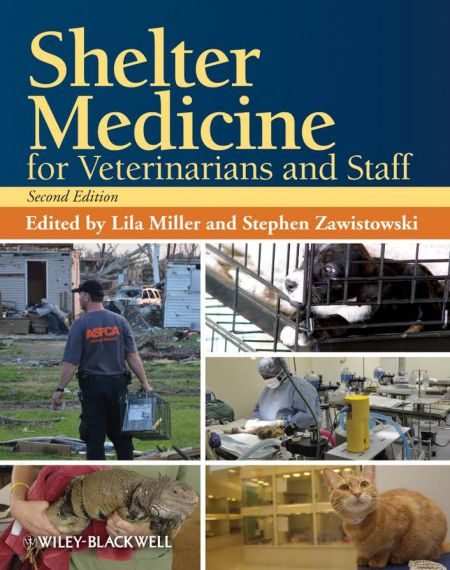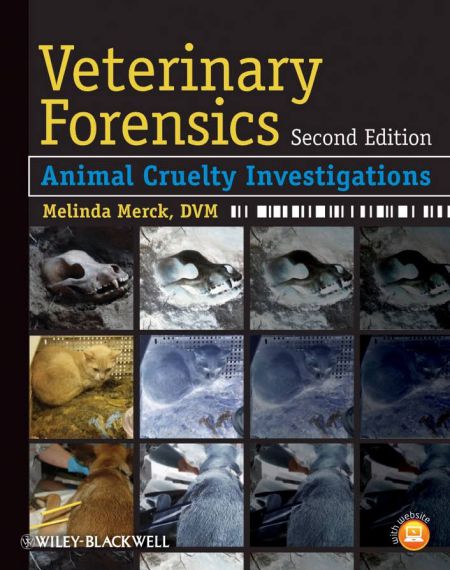Shelter Medicine for Veterinarians and Staff 2nd Edition, Animal shelters in America evolved from the live-stock impounds that were found in colonial towns and villages.
Shelter Medicine for Veterinarians and Staff 2nd Edition

”Shelter Medicine for Veterinarians and Staff, 2nd Edition” is the premier reference on shelter medicine. Divided into sections on management, species-specific animal husbandry, infectious disease, animal cruelty, shelter programs, behavior, and spay/neuter, the new edition has been reformatted in a more user-friendly design with briefer chapters and information cross-referenced between chapters. Maintaining a herd health approach, new and expanded chapters address issues of husbandry, infectious disease management, behavior forensics, population management, forensic toxicology, animal cruelty and hoarding, enrichment in shelters, spay/neuter, and shelter design.
Now in full color, this fully updated new edition delivers a vast array of knowledge necessary to provide appropriate and humane care for shelter animals. Veterinarians, veterinary technicians and shelter professionals will find this to be the go-to resource on the unique aspects of shelter medicine that help facilitate operating a modern, efficient, and humane shelter.
Animal shelters in America evolved from the live-stock impounds that were found in colonial towns and villages. At that time, it was common for people living in a town or village to keep chickens for eggs, a goat or cow for milk, and a feeder pig to be fattened on kitchen scraps and then slaughtered to provide hams and bacon for the family. Animals who escaped their confinement near the family’s home, or were found wandering on public property, would be rounded up by the community’s pound master and taken to the impound. The impound would be fenced in and might have a shed. People searching for their missing beasts would come to the impound, and if they could identify their animal, they could pay an impoundment fine or fee and take their property home. The pound-masters kept any unclaimed animals for their personal use. They might keep the animals to feed their own family, or sell them to someone else.
The poundmaster’s income was based on the impound fees, and the money earned from the sale of these livestock, supplemented by the animals they kept for their own use (Zawistowski and Morris, 2004; Zawistowski, 2008). Companion animals, while present in many homes, occupied an awkward place in the culture (Grier, 2006). Wealthy families might have high-quality hunting dogs, or cherished lap dogs. Portraits from the era frequently show individuals and families posing with their prized companions. Grier’s research also showed that families of lesser means also shared their lives with animal companions.
[expand title=” “]
| PDF Size: 58 MB | Book Download Free |
[/expand]
Password: pdflibrary.net






